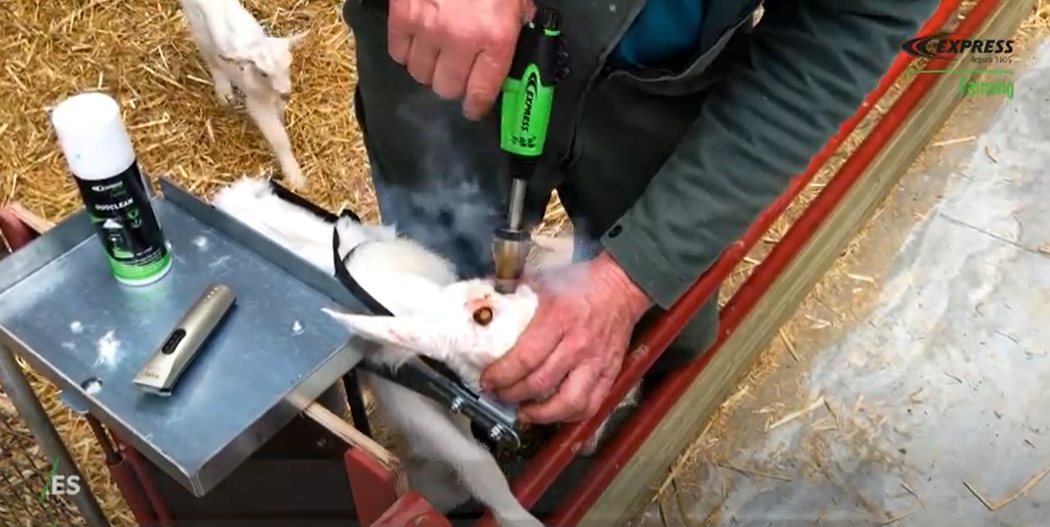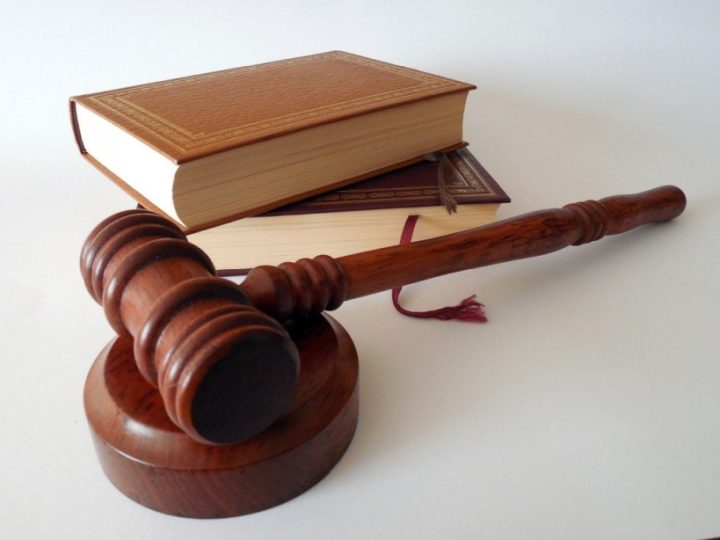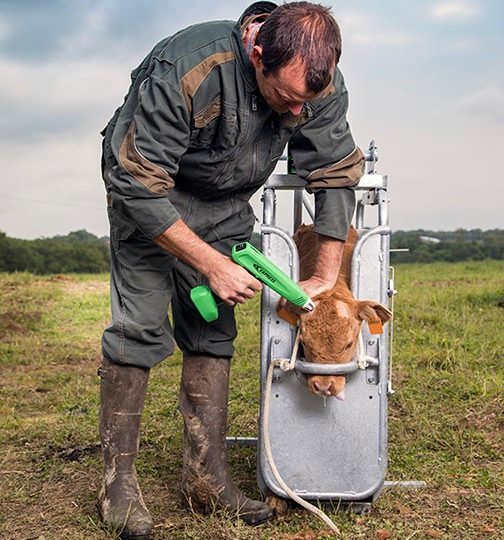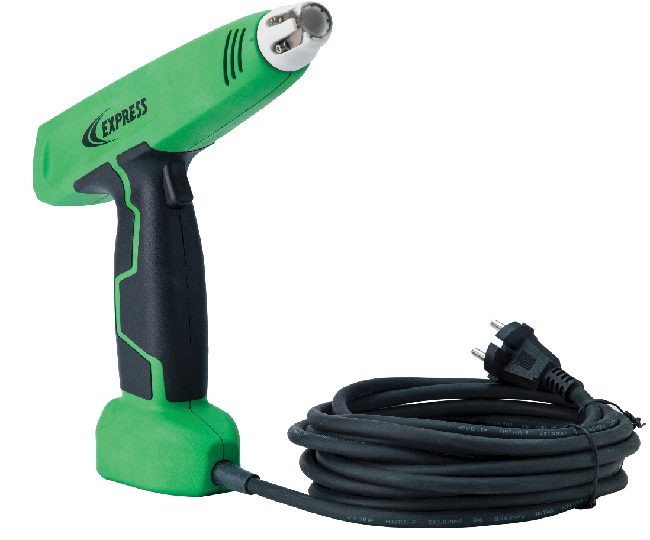
Goat dehorning brings many benefits, in the barn, in the field, and during transport, both for the animals and for the farmer. Following professional standards, it respects the animal’s welfare. Here are the steps to follow.
Goat dehorning, or more exactly, disbudding
This is commonly referred to as goat dehorning, but the correct term is disbudding, as it must be done before the horn forms. At birth, the kid has a cornual bud or horn, composed only of skin cells. This is skin tissue and has not yet attached to the skull.
As it grows, the bud will gradually fuse to the skull bone and become a horn, which involves a direct connection between the frontal sinus and the horn. This is why goat dehorning must be carried out on an animal less than two months old, before this fusion takes place.
Legislation strictly regulates the dates for goat dehorning, because if it is delayed, the pain is extreme, as are the health risks. Before two months, cauterisation with a thermal dehorner takes only a few seconds and, with adequate anesthesia, the animal does not suffer.
Trimming the area to be cauterised
Trimming only takes a few seconds and has the following advantages:
- it is easier to spot the cornual bud by touch;
- dirt and parasites are removed by trimming;
- the placing of the tip of the dehorner is more precise;
- postoperative infections are reduced;
- healing is easier to control in the days that follow.
Pre- and post-operative local anaesthesia
Goat dehorning requires a pre-operative injection of anaesthetic to prevent any pain. Once the injection has been given, the farmer must wait the prescribed time for the anaesthetic to take effect.
After cauterisation, the farmer must apply an anti-inflammatory ointment to prevent pain and infection. It takes between 7 and 9 hours for the pain to disappear completely, so the anaesthetic must last for this duration.
The products are prescribed by the veterinarian who must take the time to explain the operation to the farmer if it is his first goat dehorning operation. The location of the injection, as well as the time it takes for the medication to take effect, are precise and must be followed to the letter.
Restraining the kid
The goat dehorning operation itself only takes a few seconds. However, it is imperative that the kid is not moving. The restraining cage is the most practical equipment to ensure this.
In the cage, the kid can neither slip to the side nor move back. His head is held firmly, but without the risk of hurting or injuring him. The farmer can thus proceed quickly, or with complete peace of mind.
Monitoring of goat dehorning
Once the bud has been cauterised, the farmer should check that a cautery ring is clearly visible and continuous around the cornual bud. It is better to repeat the operation immediately if there is any doubt. If the vessels have not been properly cauterised, the horn may continue to grow and fuse to the frontal bone to form a horn. It is then no longer possible to eradicate it.
The wound must then be disinfected. The farmer can choose between an ointment, a liquid disinfectant, or a spray. This limits the risk of infection, as well as cooling the cauterised tissue. To soothe these tissues more quickly, the product can be kept in the refrigerator beforehand and taken out at the last moment.
It is essential to monitor the kid during the days following the disbudding operation. The farmer must monitor the general condition of the animal, as well as the progress of the wound.





